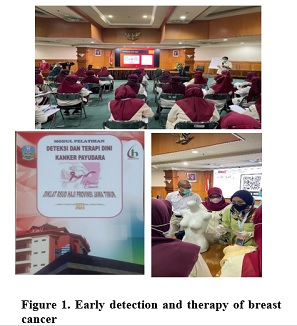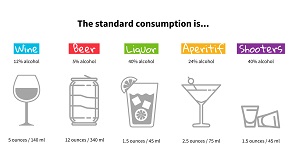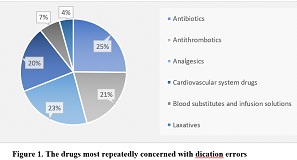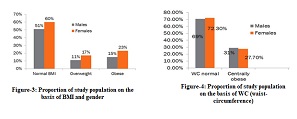Profile of Syphilis Risk Factors in The Productive Age Group at Dermatology and Venereology Clinic RSUD DR. Saiful Anwar, Malang Indonesia

Downloads
Syphilis is a sexually transmitted infection that has the potential to cause serious complications and is closely related to the human immunodeficiency virus (HIV) infection, thus making syphilis a major public health problem. Understanding the characteristics of risk factors could be used to prevent future transmission and occurrences of syphilis. This study aimed to determine the demographic data and risk factors of syphilis in productive age at the Dermatology and Venereology Clinic, RSUD. DR. Saiful Anwar, Malang, Indonesia. This study used a descriptive approach using secondary data from the medical records of syphilis patients from January to December 2021. Sample collection was carried out using a total sampling technique. Twenty medical records that met the inclusion criteria were included, all of which belonged to the productive age group. The majority of the sample were male (70%), aged 17-25 years (45%) and 26-35 years (45%), had a high school education (55%), were private sector workers (40%), were unmarried (70%), had anogenital sexual activity (50%), never used condoms (50%), had more than one sexual partner (85%), were in the primary stage of syphilis (35%), and were HIV positive. Among male patients with syphilis-HIV coinfection, 80% of cases were homosexual. The risk factors for syphilis at a productive age include anogenital intercourse, irregular condom use, multiple sexual partners, the primary stage of syphilis, HIV infection, and homosexuality. A program focused on detecting and treating syphilis among people living with HIV/AIDS, especially those in high-risk populations such as men who have sex with men (MSM), is needed.
Copyright (c) 2023 Rona Lintang Harini

This work is licensed under a Creative Commons Attribution-ShareAlike 4.0 International License.
- The journal allows the author to hold the copyright of the article without restrictions.
- The journal allows the author(s) to retain publishing rights without restrictions.
- The legal formal aspect of journal publication accessibility refers to Creative Commons Attribution Share-Alike (CC BY-SA).
- The Creative Commons Attribution Share-Alike (CC BY-SA) license allows re-distribution and re-use of a licensed work on the conditions that the creator is appropriately credited and that any derivative work is made available under "the same, similar or a compatible license”. Other than the conditions mentioned above, the editorial board is not responsible for copyright violation.






























